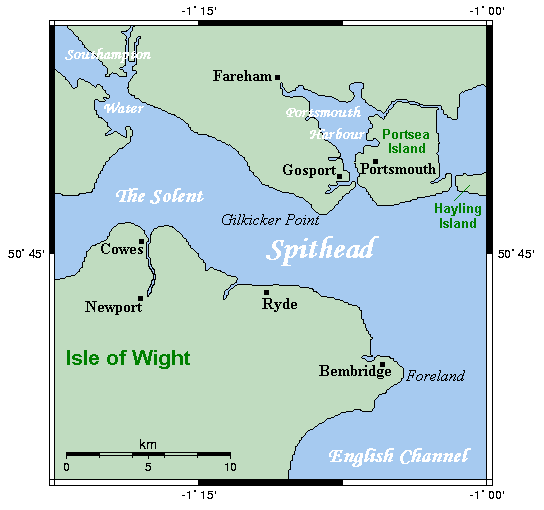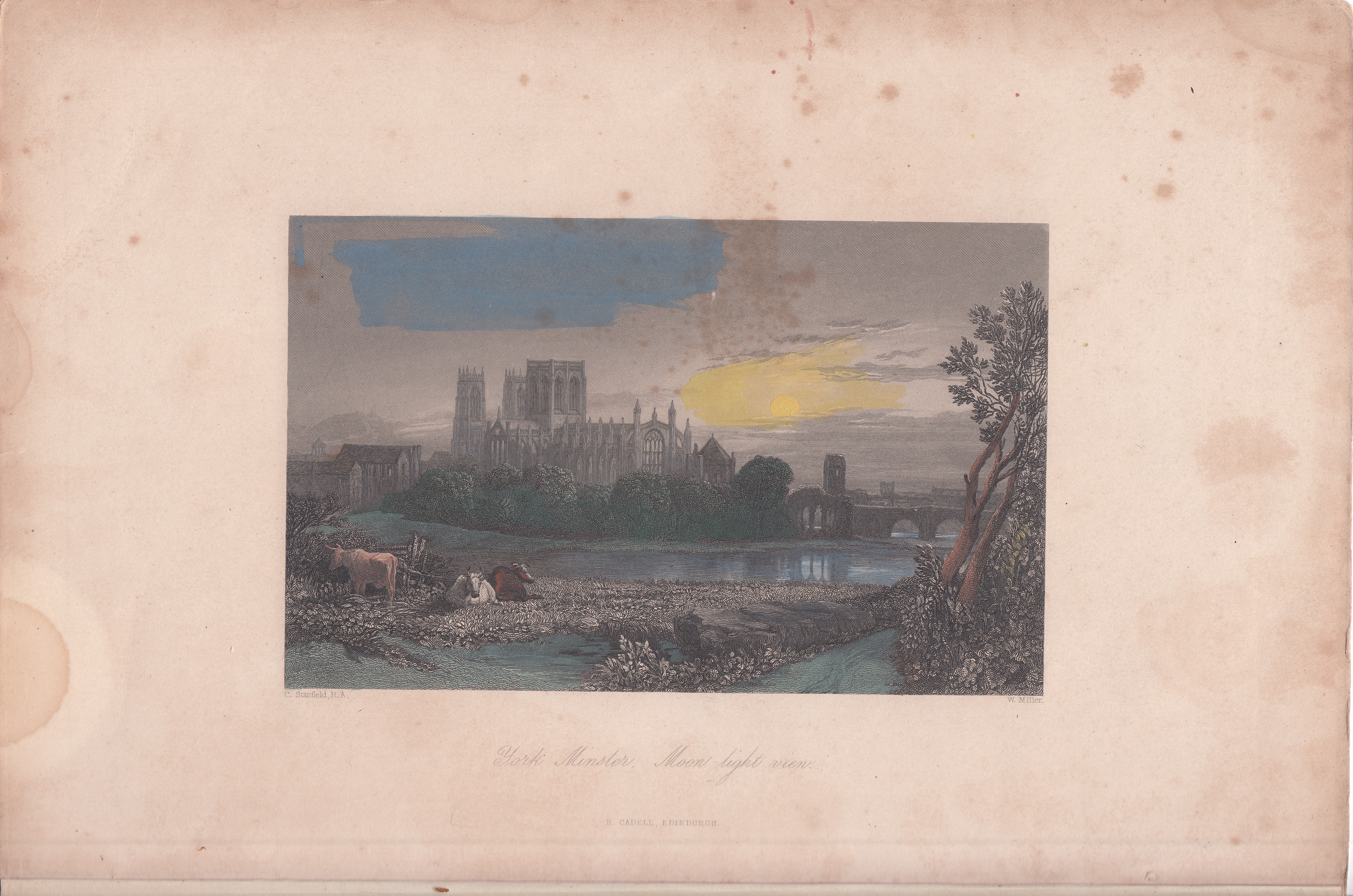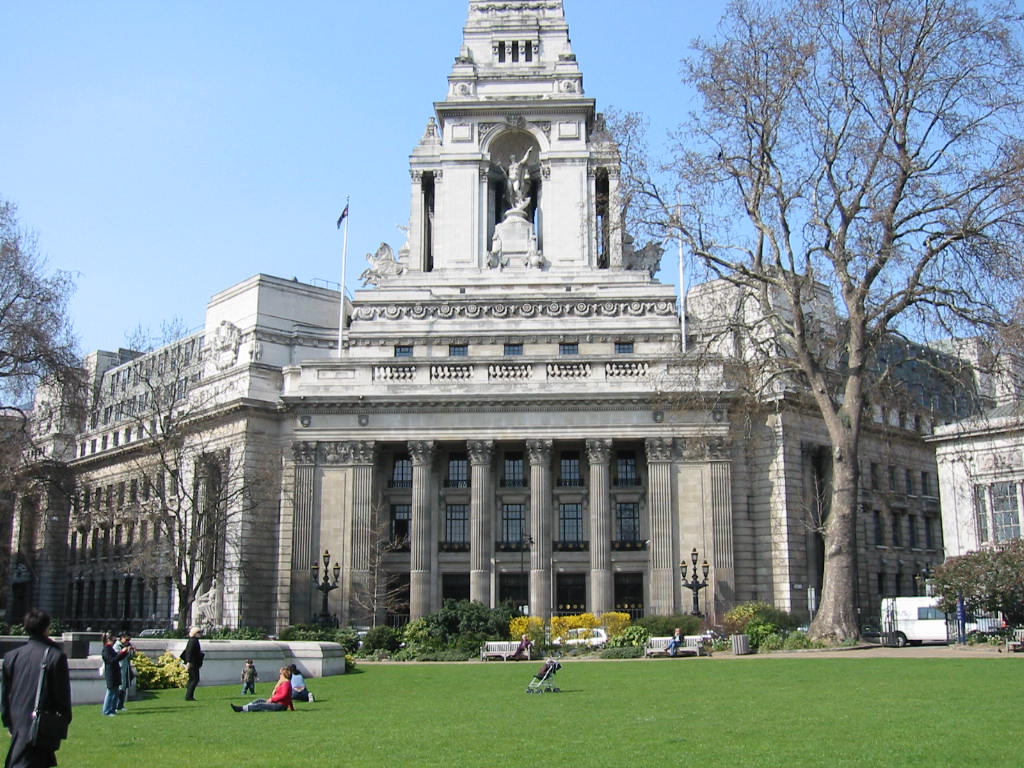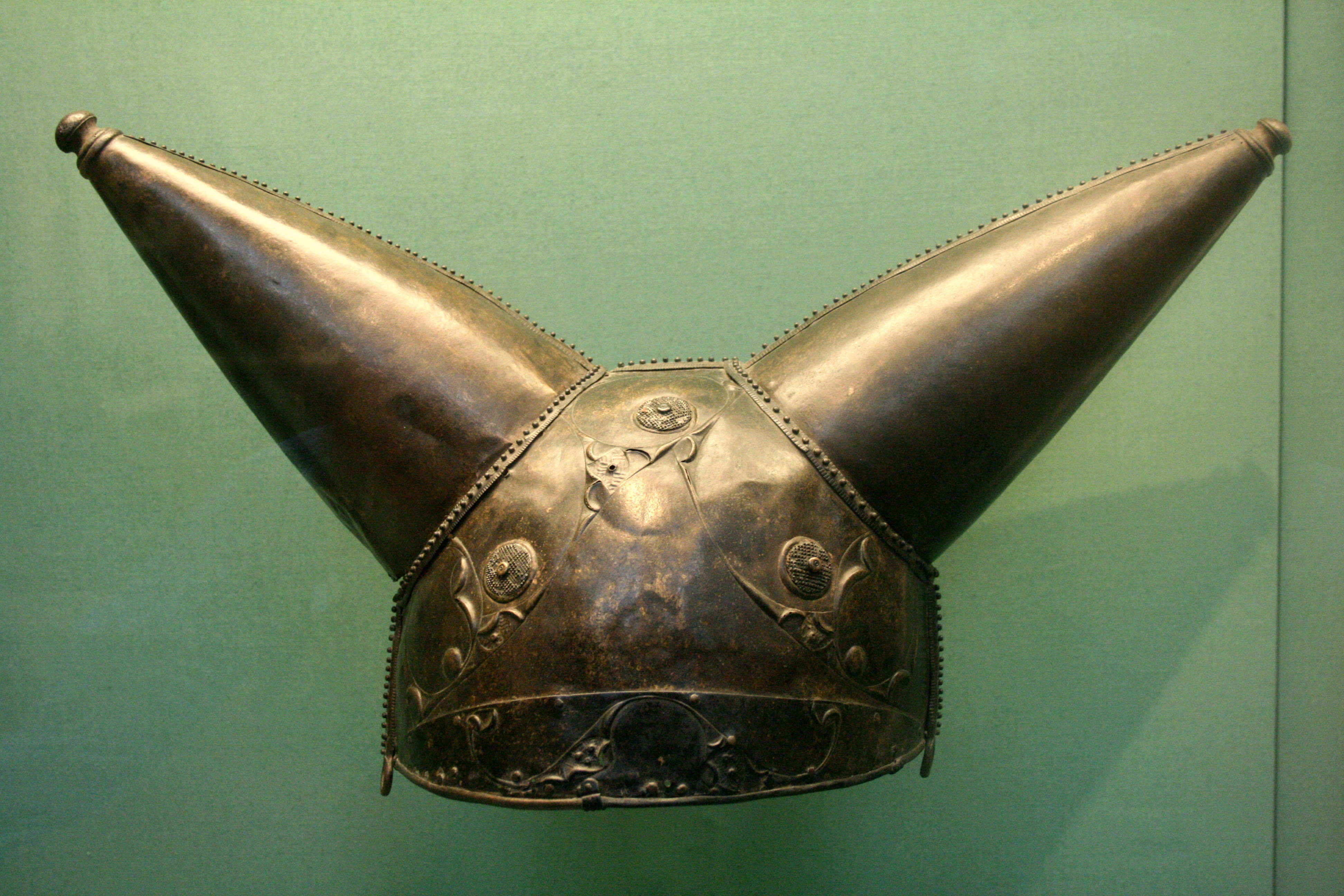|
The Nore
The Nore is a long bank of sand and silt running along the south-centre of the final narrowing of the Thames Estuary, England. Its south-west is the very narrow Nore Sand. Just short of the Nore's easternmost point where it fades into the channels it has a notable point once marked by a lightship on the line where the estuary of the Thames nominally becomes the North Sea. A lit buoy today stands on this often map-marked divisor: between Havengore Creek in east Essex and Warden Point on the Isle of Sheppey in Kent. Until 1964 it marked the seaward limit of the Port of London Authority. As the sandbank was a major hazard for shipping coming in and out of London, in 1732 it received the world's first lightship. This became a major landmark, and was used as an assembly point for shipping. Today it is marked by the Sea Reach No. 1 Buoys. The Nore is an anchorage, or open roadstead, used by the Royal Navy's North Sea Fleet, and to its local Command. It was the site of a notorio ... [...More Info...] [...Related Items...] OR: [Wikipedia] [Google] [Baidu] |
Nore Mutiny
The Spithead and Nore mutinies were two major mutinies by sailors of the Royal Navy in 1797. They were the first in an increasing series of outbreaks of maritime radicalism in the Atlantic World. Despite their temporal proximity, the mutinies differed in character. The Spithead mutiny was a simple, peaceful, successful strike action to address economic grievances, while the Nore mutiny was a more radical action, articulating political ideals as well, which failed. The mutinies were extremely concerning for Britain, because at the time the country was at war with Revolutionary France, and the Navy was the main component of the war effort. There were also concerns among the government that the mutinies might be part of wider attempts at revolutionary sedition instigated by societies such as the London Corresponding Society and the United Irishmen. Spithead The mutiny at Spithead (an anchorage near Portsmouth) lasted from 16 April to 15 May 1797. Sailors on 16 ships in the Chann ... [...More Info...] [...Related Items...] OR: [Wikipedia] [Google] [Baidu] |
Galliot
A galiot, galliot or galiote, was a small galley boat propelled by sail or oars. There are three different types of naval galiots that sailed on different seas. A ''galiote'' was a type of French flat-bottom river boat or barge and also a flat-bottomed boat with a simple sail for transporting wine. Naval vessels * Mediterranean (16th–17th centuries) : Historically, a galiot was a type of ship with oars, also known as a half-galley, then, from the 17th century forward, a ship with sails and oars. As used by the Barbary pirates against the Republic of Venice, a galiot had two masts and about 16 pairs of oars. Warships of the type typically carried between two and ten cannons of small caliber, and between 50 and 150 men. It was a Barbary galiot, captained by Barbarossa I, that captured two Papal vessels in 1504. * North Sea (17th–19th centuries) : A galiot was a type of Dutch or German merchant ship of 20 to 400 tons ( bm), similar to a ketch, with a rounded fore and aft li ... [...More Info...] [...Related Items...] OR: [Wikipedia] [Google] [Baidu] |
Commander-in-Chief, The Nore
The Commander-in-Chief, The Nore, was an operational commander of the Royal Navy. His subordinate units, establishments, and staff were sometimes informally known as the Nore Station or Nore Command. Nore, The Nore is a sandbank at the mouth of the Thames Estuary and River Medway. In due course the Commander-in-Chief became responsible for sub-commands at Chatham Dockyard, Chatham, London (less the British Admiralty, Admiralty), Sheerness Dockyard, Sheerness, Harwich and the Humber. History The origins of the Commander-in-Chief's post can be traced to Stafford Fairborne, who in 1695 was appointed as captain of and "Commander in Chief of his Majesty's shipps in the River of Thames and the Medway". Thereafter, and for most of the eighteenth century, appointments were only made irregularly, and often just for limited periods of time (ranging between seven and thirty days). The appointment only became permanent with the posting of Commodore George Mackenzie (Royal Navy officer), Geo ... [...More Info...] [...Related Items...] OR: [Wikipedia] [Google] [Baidu] |
York Minster
York Minster, formally the Cathedral and Metropolitical Church of Saint Peter in York, is an Anglicanism, Anglican cathedral in the city of York, North Yorkshire, England. The minster is the seat of the archbishop of York, the second-highest office of the Church of England, and is the Mother Church#Cathedral, mother church for the diocese of York and the province of York.It is administered by its Dean of York, dean and Chapter (religion), chapter. The minster is a Grade I listed building and a scheduled monument. The first record of a church on the site dates to 627; the title "Minster (church), minster" also dates to the Anglo-Saxon period, originally denoting a missionary teaching church and now an honorific. The minster undercroft contains re-used fabric of , but the bulk of the building was constructed between 1220 and 1472. It consists of Early English Period, Early English Gothic north and south transepts, a Decorated Gothic, Decorated Gothic nave and chapter house, and a ... [...More Info...] [...Related Items...] OR: [Wikipedia] [Google] [Baidu] |
Jonathan Martin (arsonist)
Jonathan Martin (1782 – 27 May 1838) was an English arsonist, famous for setting fire to York Minster in 1829. Early life Martin was born at Highside House, near Hexham in Northumberland, one of the twelve children of William Fenwick Martin and Isabella, ''née'' Thompson. Among his siblings was the artist John Martin and the philosopher William Martin. Jonathan was tongue tied and spoke with an impediment. He was brought up by his aunt, Ann Thompson, a staunch Protestant with a vivid image of hell. After he witnessed the murder of his sister by a neighbour, he was sent to his uncle's farm to recover from the shock. He was apprenticed to a tanner but was press ganged in London in 1804. He served in the Royal Navy ship HMS ''Hercule'' for six years, including the Battle of Copenhagen in 1807. He was noted among his shipmates for his religious obsession. He left the Navy when his ship was broken up in 1810, returning to Norton, County Durham, where he married, and ... [...More Info...] [...Related Items...] OR: [Wikipedia] [Google] [Baidu] |
French Revolutionary War
The French Revolutionary Wars () were a series of sweeping military conflicts resulting from the French Revolution that lasted from 1792 until 1802. They pitted France against Great Britain, Austria, Prussia, Russia, and several other countries. The wars are divided into two periods: the War of the First Coalition (1792–1797) and the War of the Second Coalition (1798–1802). Initially confined to Europe, the fighting gradually assumed a global dimension. After a decade of constant warfare and aggressive diplomacy, France had conquered territories in the Italian peninsula, the Low Countries, and the Rhineland with its very large and powerful military which had been totally mobilized for war against most of Europe with mass conscription of the vast French population. French success in these conflicts ensured military occupation and the spread of revolutionary principles over much of Europe. As early as 1791, the other monarchies of Europe looked with outrage at the revolution ... [...More Info...] [...Related Items...] OR: [Wikipedia] [Google] [Baidu] |
Medway
Medway is a Unitary authorities of England, unitary authority area with Borough status in the United Kingdom, borough status in the ceremonial county of Kent in South East England. It was formed in 1998 by merging the boroughs of City of Rochester-upon-Medway, Rochester-upon-Medway and Gillingham, Kent, Gillingham, and is administered by Medway Council, which is independent from Kent County Council. The borough had a population of 278,016 in 2019. The borough contains the towns of Chatham, Kent, Chatham, Gillingham, Rainham, Kent, Rainham, Rochester, Kent, Rochester and Strood, which are collectively known as the Medway Towns. Medway is one of the boroughs included in the Thames Gateway development scheme. It is also the home of Universities at Medway, a tri-partite collaboration of the University of Greenwich, the University of Kent and Canterbury Christ Church University on a single campus in Chatham, together with the MidKent College, Medway School of Arts. Geography Becau ... [...More Info...] [...Related Items...] OR: [Wikipedia] [Google] [Baidu] |
Port Of London
The Port of London is that part of the River Thames in England lying between Teddington Lock and the defined boundary (since 1968, a line drawn from Foulness Point in Essex via Gunfleet Old Lighthouse to Warden Point in Kent) with the North Sea and including any associated docks. Once the largest port in the world, it was the United Kingdom's largest port as of 2020.New data appended annually. Usage is largely governed by the Port of London Authority ("PLA"), a public trust established in 1908; while mainly responsible for coordination and enforcement of activities, it also has some minor operations of its own. The port can handle cruise liners, roll-on roll-off ferries and cargo of all types at the larger facilities in its eastern extent. As with many similar historic European ports, such as Antwerp and Rotterdam, many activities have steadily moved downstream towards the open sea as ships have grown larger and the land upriver taken over for other uses. History The Port o ... [...More Info...] [...Related Items...] OR: [Wikipedia] [Google] [Baidu] |
City Of London
The City of London, also known as ''the City'', is a Ceremonial counties of England, ceremonial county and Districts of England, local government district with City status in the United Kingdom, city status in England. It is the Old town, historic centre of London, though it forms only a small part of the larger Greater London metropolis. The City of London had a population of 8,583 at the 2021 United Kingdom census, 2021 census, however over 500,000 people were employed in the area as of 2019. It has an area of , the source of the nickname ''the Square Mile''. The City is a unique local authority area governed by the City of London Corporation, which is led by the Lord Mayor of London, Lord Mayor of the City of London. Together with Canary Wharf and the West End of London, West End, the City of London forms the primary central business district of London, which is one of the leading financial centres of the world. The Bank of England and the London Stock Exchange are both ba ... [...More Info...] [...Related Items...] OR: [Wikipedia] [Google] [Baidu] |
Age Of Sail
The Age of Sail is a period in European history that lasted at the latest from the mid-16th (or mid-15th) to the mid-19th centuries, in which the dominance of sailing ships in global trade and warfare culminated, particularly marked by the introduction of naval artillery, and ultimately reached its highest extent at the advent of steam power. Enabled by the advances of the related age of navigation, it is identified as a distinctive element of the early modern period and the Age of Discovery. Periodization Like most periodic eras, defining the age is inexact and serves only as a general description. The term is used differently for warships and merchant vessels. By the 14th century naval artillery was employed in Europe, documented at the Battle of Arnemuiden (1338). The 15th century saw the Iberian naval ventures all the way along the African Atlantic coast and across the Atlantic Ocean, starting the Age of Discovery. For warships, the age of sail runs roughly from t ... [...More Info...] [...Related Items...] OR: [Wikipedia] [Google] [Baidu] |
Admiralty Chart No 1975 Kentish Knock And The Naze To The Nore, Published 1934
Admiralty most often refers to: *Admiralty, Hong Kong *Admiralty (United Kingdom), military department in command of the Royal Navy from 1707 to 1964 *The rank of admiral *Admiralty law Admiralty can also refer to: Buildings * Admiralty, Trafalgar Square, a pub in London *Admiralty, Saint Petersburg, Russia * Admiralteyskaya (Saint Petersburg Metro), a metro station in Saint Petersburg, Russia, the name means "Admiralty" *Admiralty Arch in London, England * Admiralty House, London *Admiralty House, Sydney * Dutch Admiralty, a group of follies at Tsarskoye Selo, Russia * Former Admiralty House, Singapore Law * Admiralty court * Admiralty law, also called Maritime Law * Amirauté (New France) Naval organizations *Admiralty (navy), a governmental and/or naval body responsible for the administration of a navy Germany * German Imperial Admiralty, ''Kaiserliche Admiralität'' * German Imperial Admiralty Staff, ''Admiralstab'' Netherlands *Admiralty of Amsterdam * Admiralty of ... [...More Info...] [...Related Items...] OR: [Wikipedia] [Google] [Baidu] |







